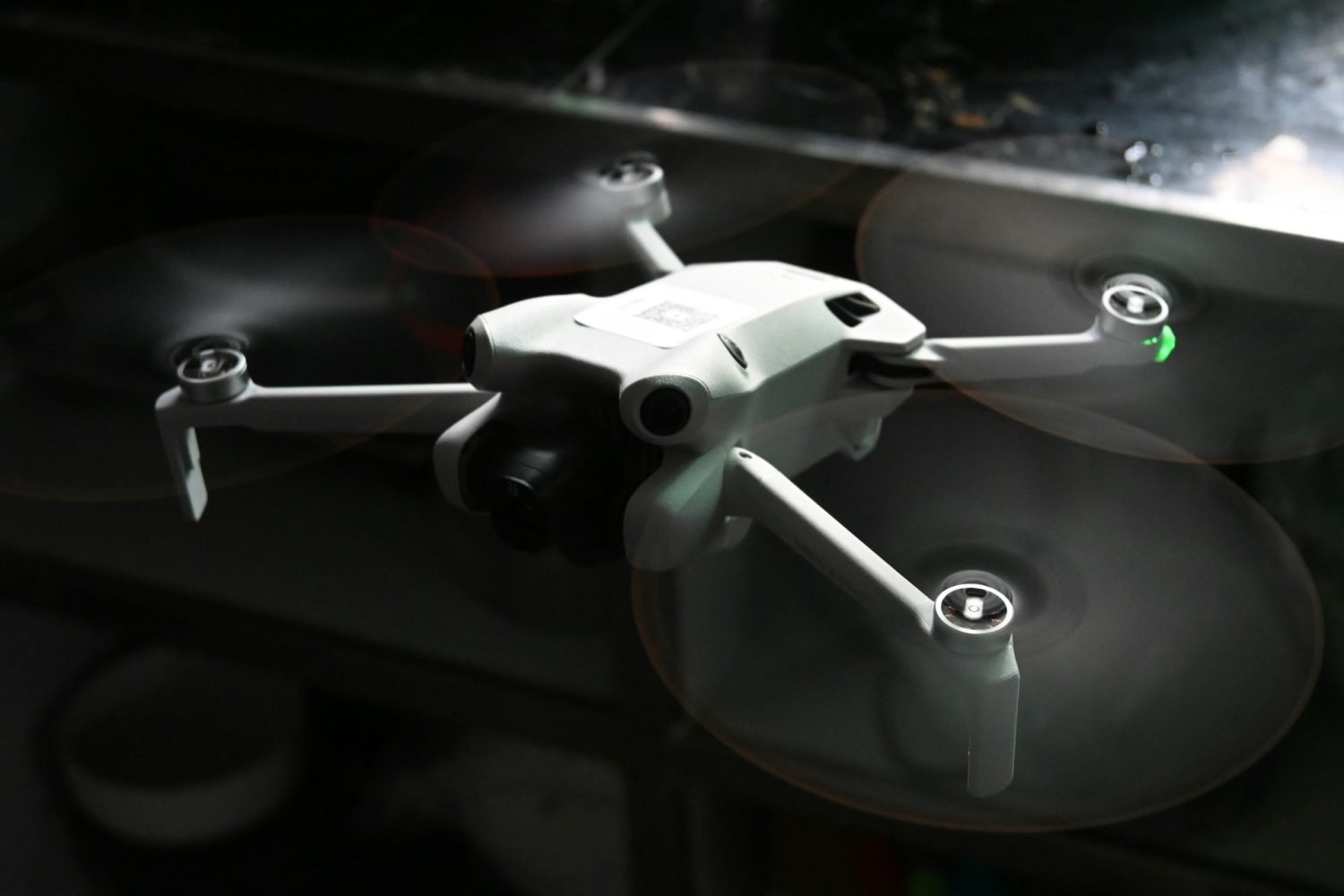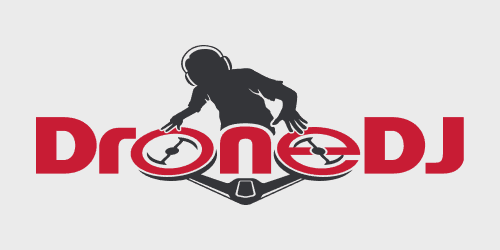
On July 13, 2024, former President Donald Trump narrowly escaped an assassination attempt at a campaign rally in Butler, Pennsylvania. Investigators now say the gunman utilized a DJI drone to conduct pre-attack reconnaissance, significantly aiding his ability to carry out the attack.
According to local law enforcement authorities, 20-year-old Thomas Matthew Crooks flew a DJI drone on a pre-programmed flight path to survey the rally site ahead of the event. This drone, equipped with a high-resolution camera, captured detailed aerial footage of the area, giving Crooks more insights than what he would have gathered from a Google Maps satellite view of the area. Federal authorities also indicate the drone was flown more than once as Crooks researched and scoped out the event site to plan his attack with precision.
The drone is said to have been flown over the Butler Farm Show grounds several hours before the rally, mapping out the stage area and potential escape routes. This surveillance data helped Crooks locate a rooftop approximately 400 feet from the stage, where he later positioned himself with an AR-15-style rifle. As Trump began his speech, Crooks opened fire, wounding Trump and several other individuals. Trump sustained an injury to his right ear but survived the attempt on his life. Law enforcement officials later recovered the drone and its controller from Crooks’ vehicle.
At this point, drone surveillance has been added to the list of security failures that allowed the gunman to nearly kill the former president.
Secret Service has not responded to specific questions regarding drone flight rules for such an event, but it is common for federal authorities to ban drones over areas they are securing. According to Federal Aviation Administration (FAA) records, a temporary flight restriction (TFR) covering the location of the rally was put into effect on July 13 only for a window of an hour and 55 minutes.
Could drones have prevented the attack on Trump?
While increasingly accessible and capable commercial drone technology may have become a security risk in the hands of a malicious actor in this case, security experts argue that enhanced drone surveillance and counter-drone measures could have potentially prevented the attack. A drone with a thermal imaging sensor would have even swiftly discovered the shooter hiding on the roof.
It is not clear why the Secret Service didn’t use drones at the Trump rally, because the agency has spent at least $400,000 on drones since 2021. As David Young, a drone expert and officer at the Graham Police Department in North Carolina, told Forbes, “A drone could have alerted them to a shooter climbing on a roof. But there is always going to be that need for boots on the ground to be the final puzzle piece to stop that threat.”
Following the incident, there has been a call for stricter regulations and improved detection technologies to mitigate the risks associated with drones. The integration of anti-drone systems at high-profile events is being considered a necessary step to prevent similar attacks in the future.
Nonetheless, drone technology researcher Faine Greenwood stresses that the drone data Crooks collected probably wasn’t decisive in one way or another. But the fact that the shooter was able to get away with flying a consumer drone over the site, hours before the rally, means the Secret Service missed a crucial chance to nab him in advance.
“If the Secret Service had basic counter-drone monitoring tools in place from very early in the morning on July 13th, they’d likely have caught Thomas Crooks well before the Trump rally began — and we’d have been able to avoid all of this,” Greenwood sums up.
Read more: This limited-time DJI deal saves $310 on Air 3 drone
FTC: We use income earning auto affiliate links. More.




Comments